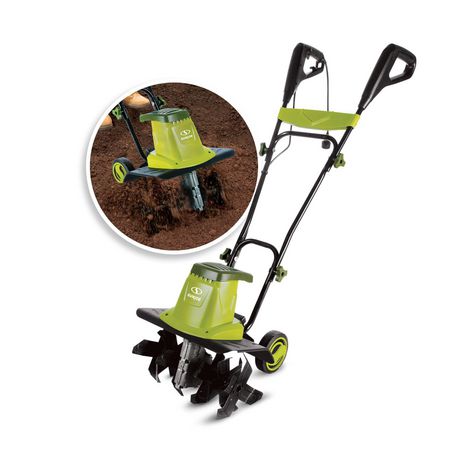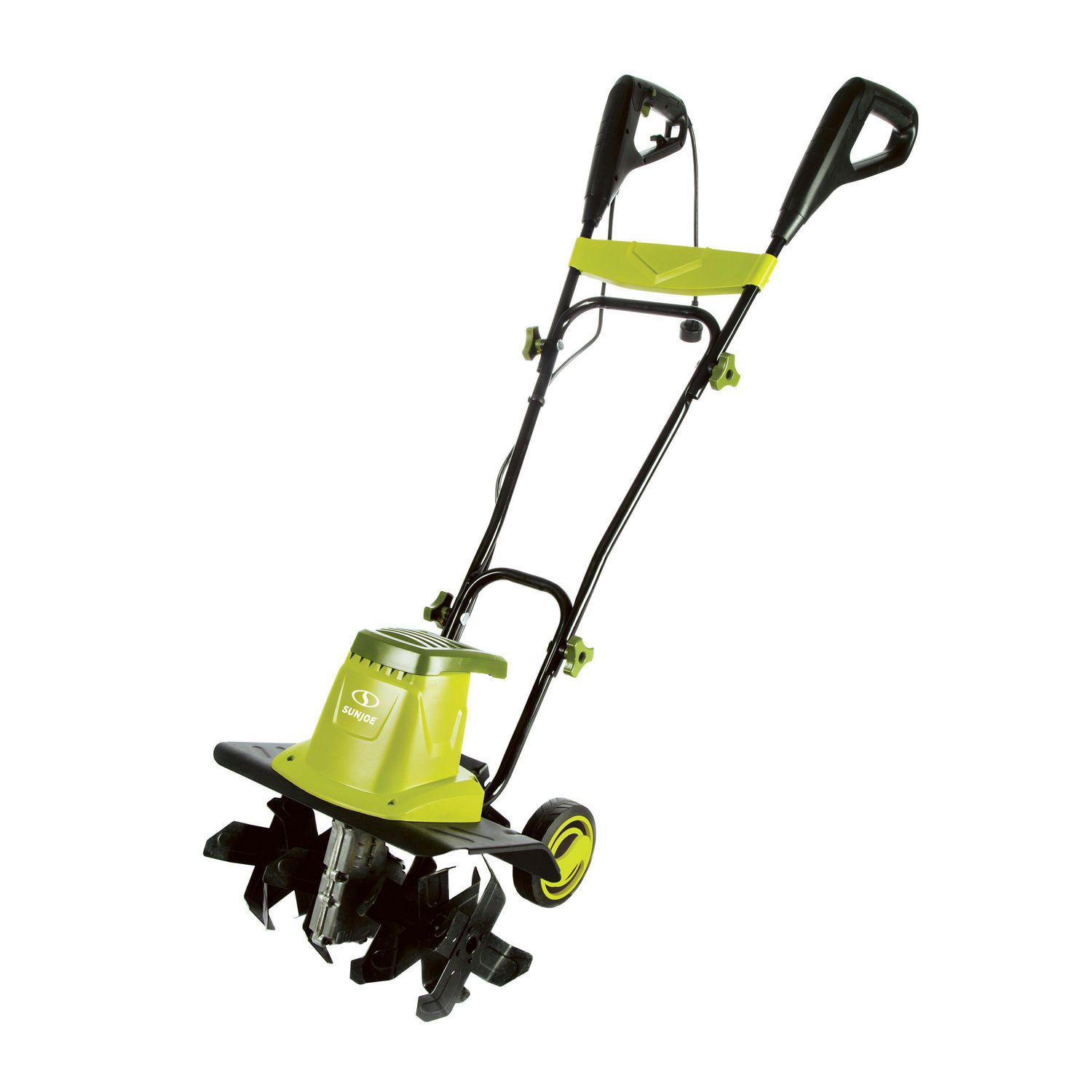- Joined
- Dec 11, 2014
- Messages
- 2,787
- Reaction score
- 1,120
- Location
- Brantford,ON
- Showcase(s):
- 3
- Hardiness Zone
- Zone 5
- Country

I have around 2000 square feet of good soil to grow fruits and vegetables which I Slurry/Juice pressure can.
The soil is good clay highly modified over the years. My climate can be dry some years warranting watering. This paints the picture.
I do selective watering. Use run off rain water in three 45 gallon drum barrels. If this is not adequate I use city water.
I have observed that most people water too much.
For this discussion I will concentrate on my 24 tomato plants. I water when appropriate about every five days doing dry spells. Timing is a bit subjective.
My method is to use a wheelbarrow to move the water and to give each plant a pail of water exactly to the root growing area. About a foot diameter centered on the plant. The soil outside the watered area is often hard and dead in appearance. Almost like a container. The whole garden are is heavily mulched with wood chips. Potatoes are treated roughly the same. I use minimum water and growth is usually phenomenal.
My point I am advocating is area watering and hose watering and drip watering is not necessary and careful application takes about the same time and is readily effective. I tried all the conventions over the years and now use the method explained.
http://durgan.org/2019/July%202019/31%20July%202019%20Wateing%20tomatoes/HTML/index.htm 31 July 2019 Watering tomatoes
The tomato plants were watered using rain water from three storage barrels connected to the house roof. The water is transferred by wheelbarrow to the plants. A milk carton is used to inhibit wave action when moving. Each plant receives one pail full poured into a bit of a trench at the base of the plant.

The soil is good clay highly modified over the years. My climate can be dry some years warranting watering. This paints the picture.
I do selective watering. Use run off rain water in three 45 gallon drum barrels. If this is not adequate I use city water.
I have observed that most people water too much.
For this discussion I will concentrate on my 24 tomato plants. I water when appropriate about every five days doing dry spells. Timing is a bit subjective.
My method is to use a wheelbarrow to move the water and to give each plant a pail of water exactly to the root growing area. About a foot diameter centered on the plant. The soil outside the watered area is often hard and dead in appearance. Almost like a container. The whole garden are is heavily mulched with wood chips. Potatoes are treated roughly the same. I use minimum water and growth is usually phenomenal.
My point I am advocating is area watering and hose watering and drip watering is not necessary and careful application takes about the same time and is readily effective. I tried all the conventions over the years and now use the method explained.
http://durgan.org/2019/July%202019/31%20July%202019%20Wateing%20tomatoes/HTML/index.htm 31 July 2019 Watering tomatoes
The tomato plants were watered using rain water from three storage barrels connected to the house roof. The water is transferred by wheelbarrow to the plants. A milk carton is used to inhibit wave action when moving. Each plant receives one pail full poured into a bit of a trench at the base of the plant.





